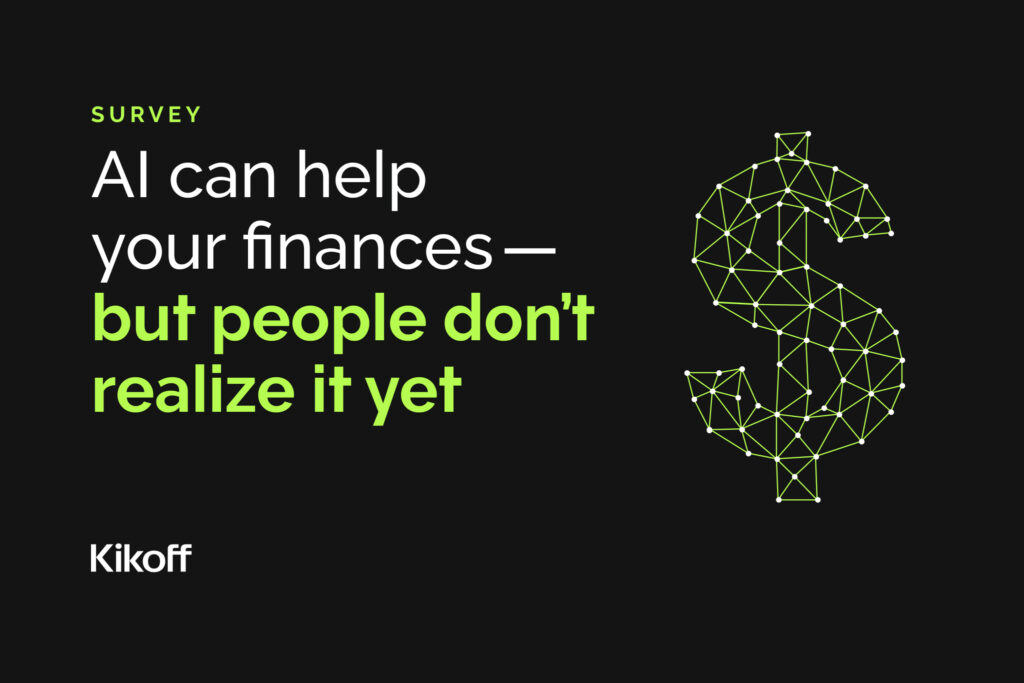We sat down with Kikoff’s CTO, Christophe Chong, to talk about what makes building for users with subprime credit such a unique engineering challenge. From thin credit data to unpredictable life events, building for this group requires handling many edge cases. Christophe shares how the Kikoff engineering team tackles problems that traditional systems often overlook, and why it’s so important to create tools that actually help people who are working hard to stay afloat.
Q: What makes building for users with subprime credit such a unique engineering challenge compared to building for other groups?
Christophe Chong: Constraints create interesting problems. Raising your credit score is a clear goal. But having a low credit score, often called a subprime score, usually stems from deeper financial challenges like high debt, unbalanced income and expenses, limited savings, or unstable finances. In these situations, credit management becomes less about optimization and more about survival. For many, managing credit is a mental tax for keeping their financial life afloat, especially when even one unexpected expense can throw everything off course. Subprime credit building affords less room for error. One missed payment or emergency can cause a series of setbacks.
Q: You’ve said that for many users with subprime credit, managing finances can feel like playing a video game. What do you mean by that?
Christophe Chong: I think personal finance is kind of a game in itself, and a pretty complicated one. One of our team members who’s particularly into games (he’s a former top-ranked Starcraft and League of Legends player, Go enthusiast, and big day trader) compares personal finance management to that. There’s a scoreboard, there are tactics, and there is strategy.
For people managing subprime credit, it’s the same game, but with higher stakes. There’s a credit score, a timer, and a lot of decision-making. It’s akin to a style of gameplay called “bullet hell,” where you have to constantly move around to avoid new obstacles. In real life, that’s analogous to reshuffling bills, covering unexpected costs, and making tough spending trade-offs.
We’ve seen cases where someone’s car breaks down, and suddenly they can’t get to work. They might have to rely on friends for rides, delay payments, or fall behind on other bills just to fix the car. And there’s rarely a reset – instead, you just go further and further negative, and it’s more and more work to get to your original starting point. You can build up some “armor,” with savings or a safety net, but when challenges keep knocking you back, it’s hard to feel like you’re truly progressing.
That reality has shaped everything we build. We know our users are up against a lot, so how can we give them some powerups? We’ve intended Kikoff to be the “aimbot” that helps guide them through the chaos, especially when traditional financial systems supply more complexity than ever before. Our goal is to empower users, not because they need saving, but because they’re already putting in a lot of work. They deserve better tools.
How do you build infrastructure for users who don’t have consistent financial data/thin or no credit?
Christophe Chong: There were two main things we made sure to build: The first part is navigating identity verification. In the U.S., credit history is often used as a digital ID. During my time at Square, we had a project to use the Japanese banking system to verify identities, since the process to open an account is heavily vetted. Whereas in the US it’s the credit bureaus who provide this digital identity data. It gets tricky when users have a thin credit file. Without a long credit history, it’s harder to confirm someone’s identity, which could present higher risk of fraud. To address this, we add extra synthetic identity checks, to make sure we’re building credit for a person, not a bot.
The second challenge is providing not one, not two, but many ways to build credit. We offer a savings credit builder, a tradeline, bill and rent reporting, and a secured credit card. Some might have savings they can use to build credit, while others might need to show they can handle regular payments like rent or bills. Building for the thin file customer in mind means designing products that can be underwritten under a variety of financial circumstances.



